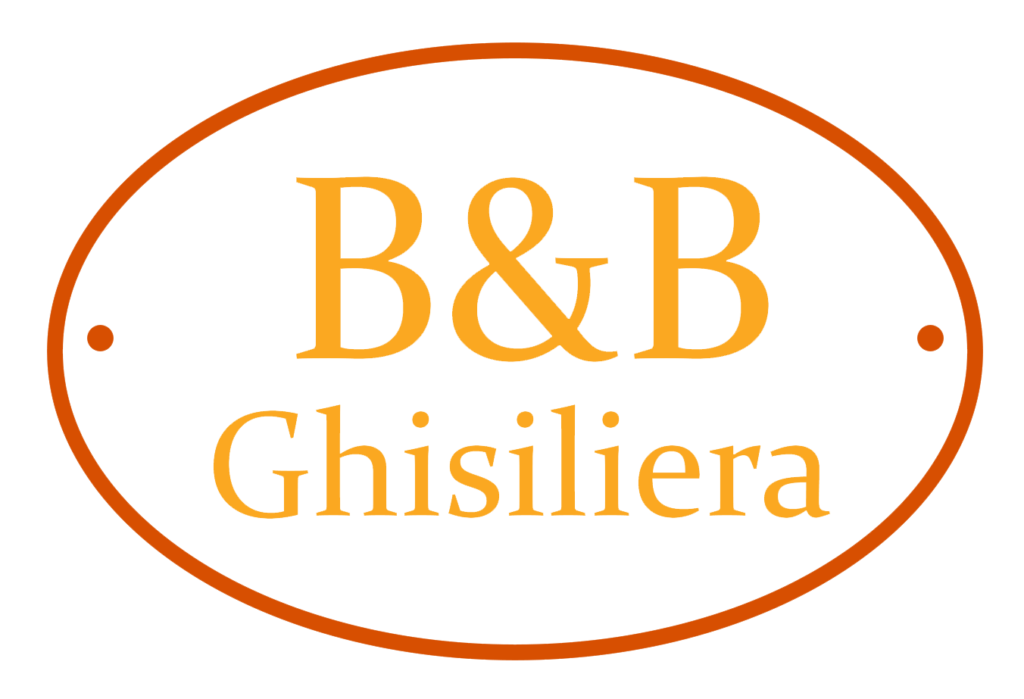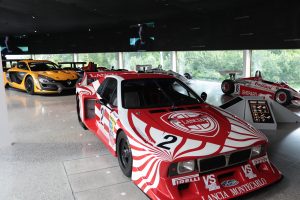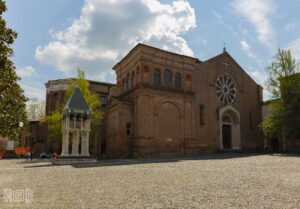Bologna is a city closely linked to music, thanks to the artists who have lived there, to the institutions and the collections it hosts. Come with us to discover them all!
Music in Bologna: an ancient tradition
Since ancient times, music has always been an absolute protagonist in Bologna. It is enough to think of the numerous churches where choirs and musicians practiced and the vast collections of musical instruments that can be admired in the museums and historic buildings of the city.
An example is the Cathedral of San Pietro which, after its construction in the XI century (1001 – 1100 a.d.), had already become the seat of numerous activities related to music. If you want to know more about its history, you can’t miss the article The Metropolitan Cathedral of San Pietro in Bologna: what’s to know?.
Also in the Basilica of San Petronio (see also Everything you need to know about the Basilica of San Petronio in Bologna) was established the musical chapel thanks to Pope Eugene IV. Initially choirs and musicians performed during religious celebrations taking advantage of the particular acoustics of the basilica. Over time, concerts and recordings were added to these activities, which contributed to increase the fame of the Musical Chapel. Currently, there is a stable staff, which is joined by an orchestra on important occasions, such as concerts and solemn events.
Palatine Concert
Were also created other institutions related to music like the Palatine Concert of the Signoria of Bologna. The Palatine Concert dates back to the times of the Bentivoglio and had various functions: proclaiming municipal ordinances, accompanying magistrates on public outings and animating the ceremonies organized by the University of Bologna (discover with us Bologna the oldest University of the Western world). The musicians who were part of the Palatine Concert performed at the Palazzo degli Anziani Consoli in Piazza Maggiore, right in the center of the city.
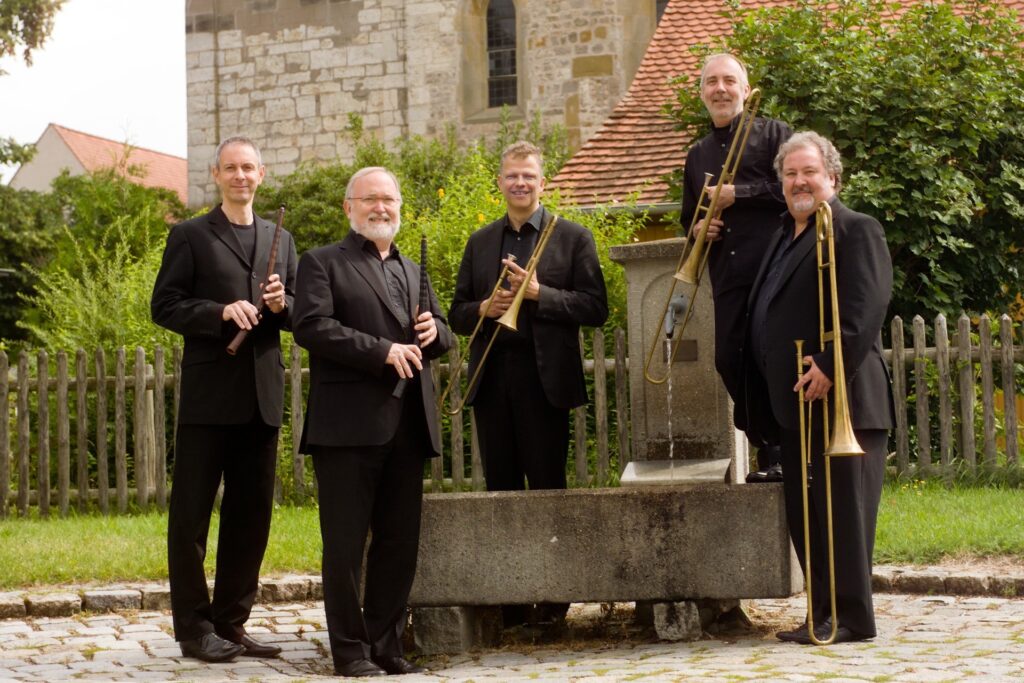
Bologna and UNESCO
Finally, in 2006, UNESCO named Bologna “Creative City of Music”. This title once again highlights the close link between the city and music, not only as regards tradition, but also with respect to the contemporary music scene. From classical music to jazz and pop, Bologna has been a place of unparalleled musical experimentation and innovation, fully earning its title.
Bologna was also the birthplace of many internationally famous musicians, from the past to the present day. Among these we remember Jacopo da Bologna, Tito Gotti and Lucio Dalla.
The house of Lucio Dalla
Lucio Dalla was an internationally well-known Italian singer-songwriter and musician, from Bologna.
On St. d’Azeglio 15, in the heart of the city, it is possible to visit his old house. Immediately recognizable thanks to the silhouette of the singer on the facade, Lucio Dalla’s house has become a real museum, which fans can visit to see the place where the artist lived and practiced his art.
Inside the house of Lucio Dalla it is possible to admire a wide range of collections, with objects and artistic works belonging to different styles and eras. Lucio Dalla was, in fact, an all-round artist: he was not only interested in music, but he was passionate about all kinds of art, from cinema to poetry.
Following his death was created the Lucio Dalla Foundation, which took care of organizing the house by naming each room according to a theme. There are three unmissable rooms in Lucio Dalla’s house: the “Caruso room”, the “room of the Columns” and the “Lucio’s studio”.
Lucio Dalla often visited the complex of San Giovanni in Monte, when it was used as a prison. The musician gave moments of lightness to the inmates.
Today Dalla is buried in the cemetery of the Certosa, and his tomb can be visited.
A visit between the rooms
The “Caruso room” is the main hall and is also the headquarters of the Pressing Line, that is the record label of Lucio Dalla. This room is the perfect representation of the integration between private and work made by the singer-songwriter. Lucio Dalla, in fact, was very attached to his collaborators, who were considered like family members, which is why his house represented both his workplace and an intimate and personal space.
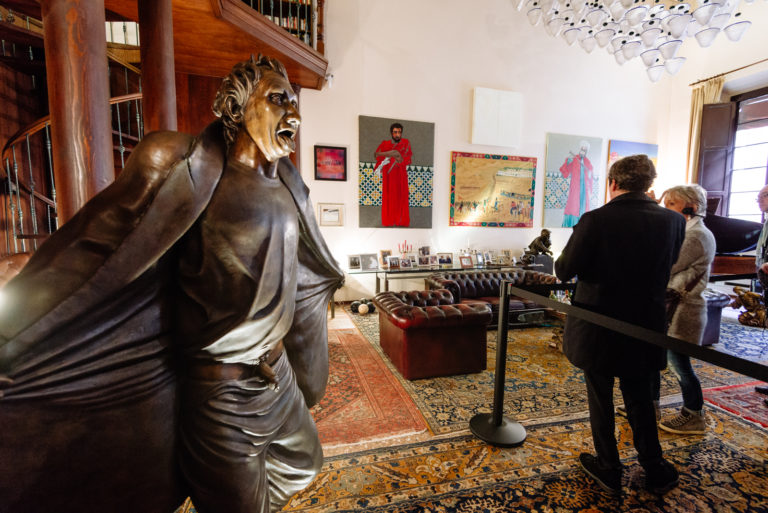
The “Room of the Columns” is a secondary hall of the house: looking up it is possible to admire the frescoes ceilings and the tall marble columns (hence the name of the room). The works in the room all come from southern Italy, testifying to the love that Dalla had for these places linked to her childhood.
Finally, “Lucio’s Studio” is a small room that was used as an office by the artist. It was in this place that private meetings with collaborators and friends were held. Here, moreover, we can find many objects that Dalla was particularly fond of, such as a piece of the Berlin Wall and many autographed books.
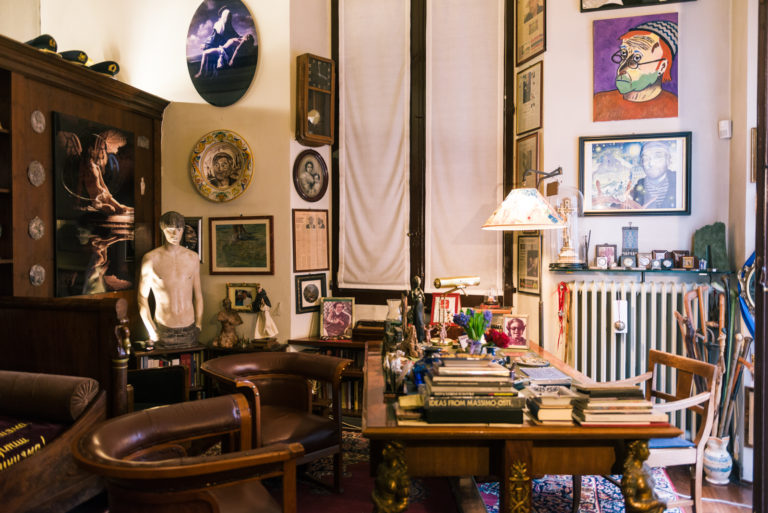
The house of Lucio Dalla and the large number of people who decide to visit it testify, first of all, the importance of this great artist on an international level. Furthermore, the importance of this place for the city is at the basis of the close link between Bologna and music.
What are you waiting for? Visit Lucio Dalla’s house now! The opening days are Monday and Thursday from 10 a.m. to 4 p.m. and Friday from 10 a.m. to 1 p.m.. The full ticket costs 15 euros, the reduced one for children aged 6 to 12 and over 65s is 10 euros. Admission is free for children under 6 years old.
The International Museum and Library of Music
The International Museum and Library of Music is located in Palazzo Sanguinetti, in St. Maggiore 34.
This museum was founded in 1959 with the name of Civic Musical Bibliographic Museum, and then took on its current name in 2004. It is precisely on this date that the Music Library will be transferred from the old Convent of San Giacomo (now home to the Giovanni Battista Martini Conservatory) at Palazzo Sanguinetti.
Already in the past, therefore, the link between music and the city of Bologna was evident.
The collection hosted by the International Museum is truly vast. A central figure in the collection is the “spiritual father of the museum”, that is Giambattista Martini, to whom many rooms are dedicated. Inside the museum it is possible to admire various musical treatises, original instruments by great artists of the past (such as the Harpsichord by the composer Vito Trasuntino) and the Music Library of Giuseppe Maria Crespi, a famous Italian painter. In addition, very important artifacts are also preserved, such as the 1482 edition of “Musica Practica” by Bartolomé Ramos De Pareja and the “Harmonice Musices Odhecaton” by Ottaviano Petrucci, which was the first movable type music press.
What find inside the Museum
The section of the Music Library houses the collection inherited from Father Martini, which includes a large repertoire of printed music from the period from the sixteenth to the eighteenth century. Manuscripts by famous artists, original opera booklets, letters and autographs are just some of the treasures kept inside the Music Library.
In addition to the rooms and collections housed, in the International Museum and Library of Music it is possible to admire a reconstruction of the musical laboratory of the Bolognese lutenist Otello Bignami and also a portrait of Wolfgang Amadé Mozart. The painting dates back to the end of the XVIII century (around 1770 a.d), during the period in which the composer stayed in Bologna for his studies at the Philharmonic Academy. Keep reading to find out all the curiosities about it!
The Philharmonic Academy
The Philharmonic Academy was founded in 1666 by Vincenzo Maria Carrati and is based in Palazzo Carrati, in St. Guerrazzi 13.
The purpose of the Philharmonic Academy was to bring together Italian musicians in a single institution, to safeguard the artistic-musical heritage and increase the prestige of its members. The Philharmonic Academy has brought together many previous institutions, such as the Accesi Academy and the Florid Academy, which have made it an important cultural center for the city of Bologna. Furthermore, it is the oldest secular musical institution in the city.
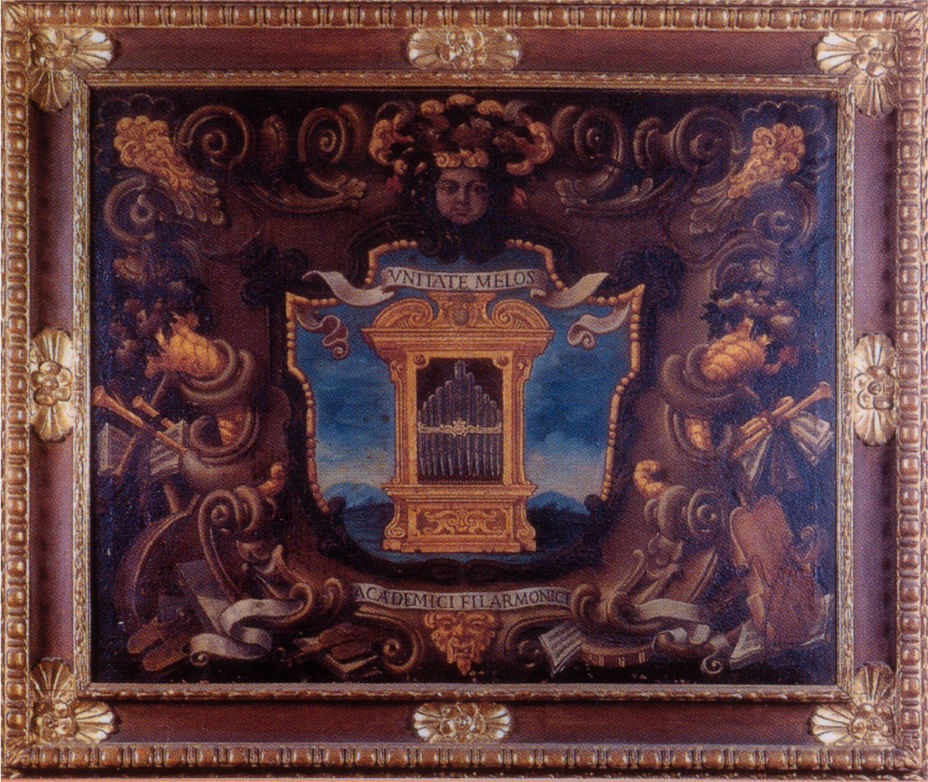
The academy’s motto is “unitate melos”, which means “music in sharing”, further underlining the importance of music for the city.
Some of the most famous members of the Philharmonic Academy of the past were Giovanni Paolo Colonna, Bartolomeo Girolamo Laurenti and the aforementioned Mozart. An interesting curiosity about the latter is that he took an exam at the Philharmonic Academy when he was only 14, in which he was not particularly brilliant. The admission to the academy is due to Father Martini, who corrected some of his mistakes that would have led to his rejection by the commission. The two original scores from the famous composer’s examination are still kept at the International Museum and Library of Music.
Inside the Philharmonic Academy it is also possible to visit a historical archive and a library that preserve official acts, documents and various manuscripts from the past.
Visit the Philharmonic Academy of Bologna now! It is open on Mondays, Wednesdays and Fridays from 10 a.m. to 1 p.m.; on Tuesdays and Thursdays the opening hours are from 3 p.m. to 6 p.m.. The ticket costs only 5 euros.
As we have seen, the connection between Bologna and music has been very strong since the past, but the curiosities did not end there. Discover the Tagliavini Collection with us!
The Tagliavini Collection
The famous Tagliavini Collection is kept in the former Church of San Colombano and Madonna dell’Orazione, in St. Parigi 5. The building was originally a monastic complex dating back to the year 616 a.d., which was then deconsecrated in 1789.
Thanks to the acquisition by the Cassa di Risparmio Foundation in Bologna in 2005, the church of San Colombano has been renovated. During this intervention, many relevant artistic finds came to light, such as the medieval crypt, a burial dating back to the XIII century (1201 – 1300 a.d.) and a fresco of a XIII century crucifixion.
The Tagliavini Collection includes a wide range of ancient musical instruments by the organist and music scholar Luigi Ferdinando Tagliavini, ranging from stringed to popular wind instruments, all still working.
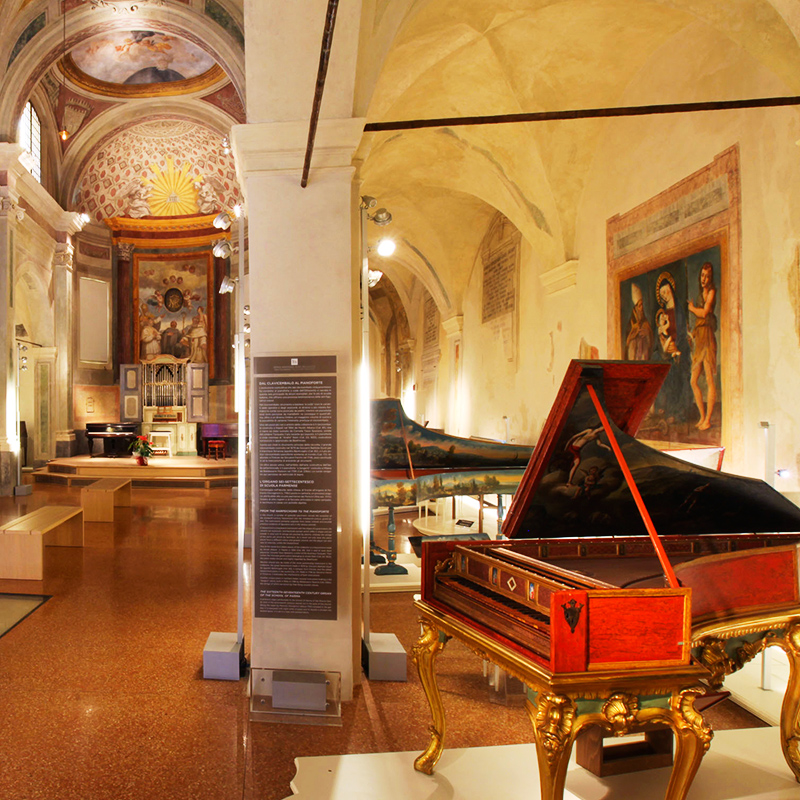
Furthermore, in the former Church of San Colombano and Madonna dell’Orazione there is a specialized library of the Bolognese musicologist Oscar Mischiati, which includes more than 15,000 pieces including repertoires, musical works, monographs, vinyl records and much more.
This building is not only the place of conservation of the amazing Tagliavini Collection. In fact, there is a calendar of cultural initiatives that are held in this place, such as concerts and conferences related to music and musical instruments.
Entrance
What are you waiting for? Don’t miss the Tagliavini Collection! Entrance is possible from Tuesday to Friday from 11 a.m. to 1 p.m. and from 3 p.m. to7 p.m.. The cost of the full ticket is 7 euros, while the reduced price for groups of at least 15 people is 5 euros. For those accompanying people with disabilities, tourist guides and holders of the Bologna Culture Card, admission is completely free.
Finally, a further place not to be missed for its history and importance is certainly the Jewish Ghetto: discover with us its realization and its most recent developments! Inside the famous Quadrilatero di Bologna, once defined by the Selenite Circle, you can find many taverns, where you can taste typical dishes of the Bolognese tradition, first of all tortellini and other specialties with fresh pasta! And speaking of the ancient art of sfoglines and their essential role, discover the female figures who wrote the history of the city!
Bibliografia:
- Costa T., Bologna dalla A alla Z, Bologna, Costa Editore, 2011.
- Lombardi A., Bologna, guida turistica ai luoghi della musica, Bologna, Ut Orpheus Edizioni, 2006.
- Mazzi M. C., Bologna nelle storie della musica. Un itinerario in otto tappe per una visita al Museo della Musica, Bologna, in riga edizioni, 2019.
- Mazzi M. C., Musica in cappella a Bologna: Musiche e maestri nelle antiche chiese, Bologna, in riga edizioni, 2020.
- Negrin F., Che voto ha preso Mozart?, Bologna, Minerva Edizioni, 2020.


